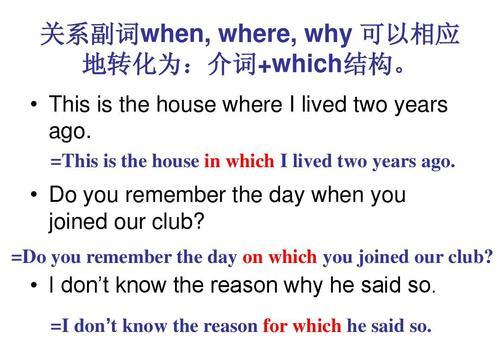介词 "of" 后面的从句类型包括名词性从句、形容词性从句和副词性从句。名词性从句用于解释或补充前面的名词,形容词性从句用于描述或限定前面的名词,副词性从句用于修饰前面的动词、形容词或副词。理解这些从句类型有助于更好地使用英语中的介词 "of"。

在介词 "of" 后面的从句中,会涉及到几种不同的类型,包括名词性从句、形容词性从句和副词性从句。
- 名词性从句
在介词 "of" 后面接名词性从句,通常是用来作为对前面名词的解释或补充。常见的名词性从句包括:
- that 从句
例如:"The idea of the project is that it will benefit the community."
- wh- 从句
例如:"The reason for the delay of the flight is why we are still waiting at the airport."
- 形容词性从句
在介词 "of" 后面接形容词性从句,通常是用来描述或限定前面的名词。常见的形容词性从句包括:
- 关系代词从句
例如:"The book on the table, the cover of which is blue, is mine."
- wh- 从句
例如:"The result of the exam, which was unexpected, surprised me."
- 副词性从句
在介词 "of" 后面接副词性从句,通常是用来修饰前面的动词、形容词或副词。常见的副词性从句包括:
- 时间状语从句
例如:"I am proud of the progress that I have made since starting this course."
- 原因状语从句
例如:"The cause of the problem is that we didn't communicate well."
